
So, if you are suffering from any of the above mentioned health problems or cerebral palsy, muscular dystrophy, arthritis and others, you will probably need to undergo anterior cervical disectomy and fusion.
Anterior Cervical Disectomy and Fusion
Anterior cervical discectomy and fusion (ACDF) represents a surgical intervention to extract a herniated disc in the cervical spine. It is done by a front surgical approach through the throat. Upon removal, the vertebrae on either side of the disc are fused.
The main reason for performing ACDF are compressed spinal nerves. The first treatment option will likely be a physical therapy or medication. Only when those two fail should the surgery be taken into consideration. Recuperation takes about 4-6 weeks, with no need for hospitalization following the procedure.
During the procedure, the muscles in the neck are moved aside so as to approach the disc. The frontal method is optimal because it avoids the disturbance of the spinal cord and nerves. The empty space between the vertebrae where the disc was located is filled with a bone graft. These grafts come from various sources, each with its own flaws and positive characteristics.
Basically, there are autografts (created out of patient's own bone cells), allografts (taken from a cadaver donor) or substitute grafts (made of plastic, ceramics or bioresorbable compounds).
After the fusion, the range of motion in the neck may appear to be decreased. This depends on the number of discectomies performed. If there was only one, then there was one fusion and the range of mobility might remain the same, or even improve. If more than one fusion is performed, there might be a restricted vertical and horizontal amplitude present after the procedure.Recovery Time for ACDF Surgery
Following the surgery, if there have been no complications or prolonged recuperation, the person will receive instructions on home therapy.
The pain is relieved by narcotics. Due to their addictive nature, these medications can only be used for a fixed period of time, usually two to four weeks.Lots of liquid and fiber foods are recommended so as to avoid constipation. After the initial period, further pains are treated with Tylenol.
There are cases when a sore throat and difficulty swallowing present themselves, but these symptoms usually subside early on. Sexual activities are to be delayed until the check-up, unless otherwise instructed.
In case of the body temperature rising above 101° F, or if the incision begins to separate or show signs of infection, consult the doctor without delay. Another reason for seeking help is if the person has swallowing problems that obstruct breathing.
The surgery carries a certain amount of risk. Along with general complications, there may be postoperative hoarseness and difficulties swallowing, vertebrae might fail to fuse properly or there may be some hardware induced fractures (metal screws and rods are usually applied so as to stabilize the spine). The last of these may call for an additional surgery.
Due to all these facts, the recovery period may last from 3 weeks to 9 months.Back Pain in the Lower Left Side
The pain that occurs in the back is one of the most common complaints. Such pain is located in different parts of the back, depending on the cause.
The vertebrae of the lumbar spine bear the body weight. Moreover, the kidneys and the stomach are located in the lower back. The pain in this region may be acute or chronic and may vary in severity and intensity
When the spine in the lower back is injured, it logically causes pain in that part of the body. The injury may happen when one tries to bend or lift a heavy object, or in an accident. Furthermore, herniated disc also leads to the occurrence of pain in lower left side of the back. When the muscles are strained in this region, or when the muscle spasm occurs in lower left part of the back, the pain appears.
Aging is one of the causes that might be responsible for pain in this part of the back. When one ages, the cartilages tend to tear and wear, so the bones and joints become inflamed causing degeneration of the joints. Thus, osteoarthritis and osteoporosis occur and induce the pain in the lower back.
Lower back pain may also be caused by obesity since the body weight makes the pressure on the lumbar vertebrae. In people who suffer from kidney stones, pain in the lower left side back usually appears along with nausea, vomiting and problematic urination. In women, pregnancy is many times blamed for the occurrence of lower left side back pain, again, due to excessive body weight.
Finally, poor posture may trigger lower back pain too.
All in all, regardless of the reasons behind you pain in the cervical spine or the lower back area, you are advised to seek medical assistance, especially if you are suffering from some of the chronic conditions mentioned above.
Your doctor may decide whether you need the ACDF surgery or not. If you do, the lines you have just read will be of great assistance.





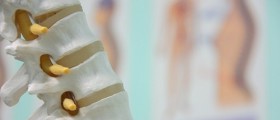

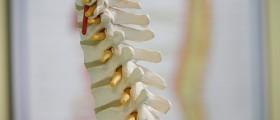
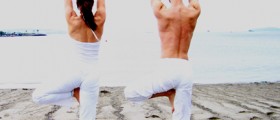



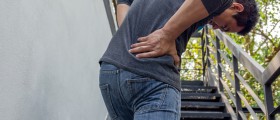

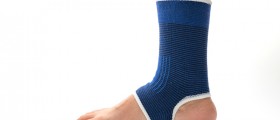


Your thoughts on this
Loading...